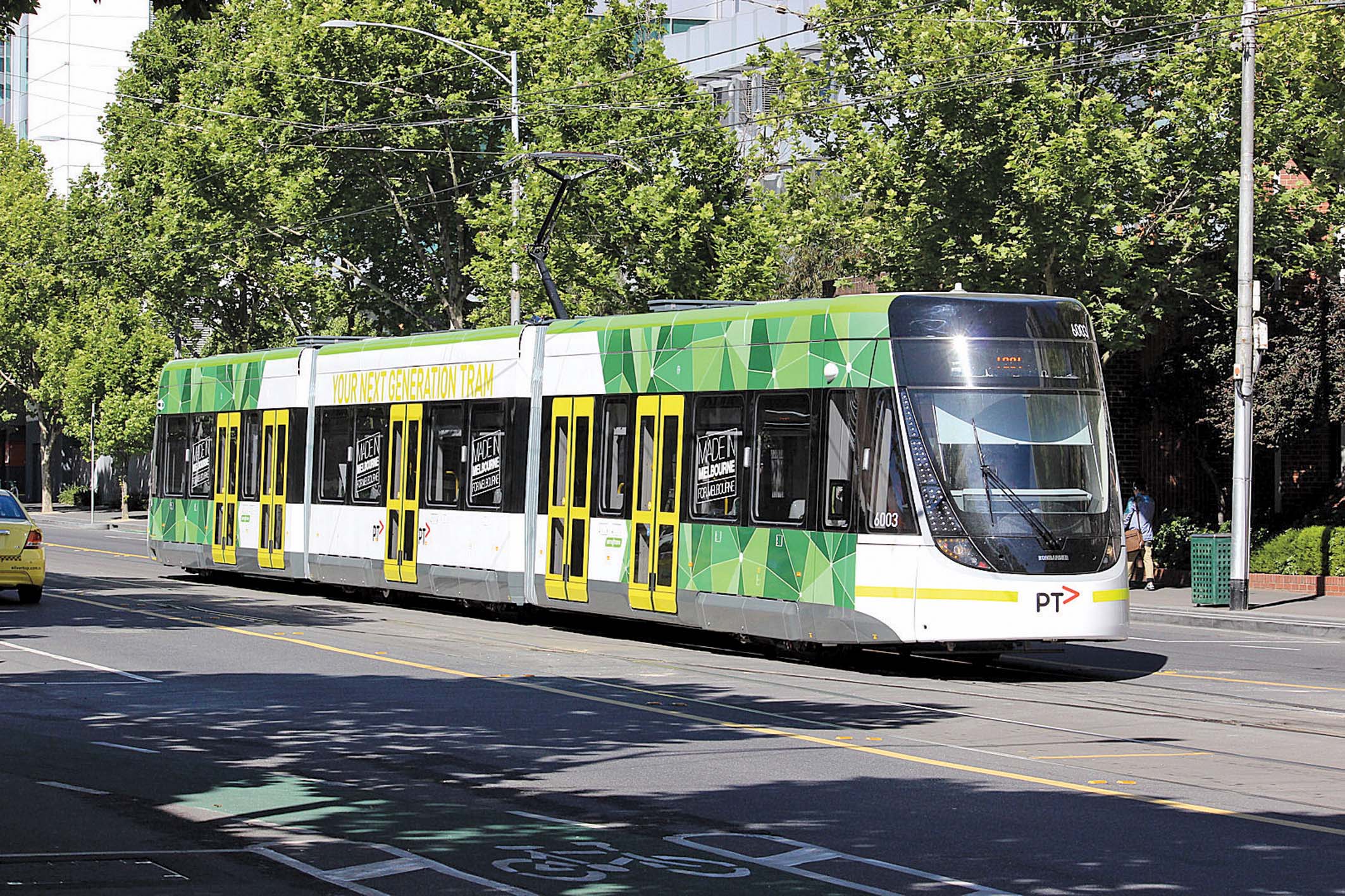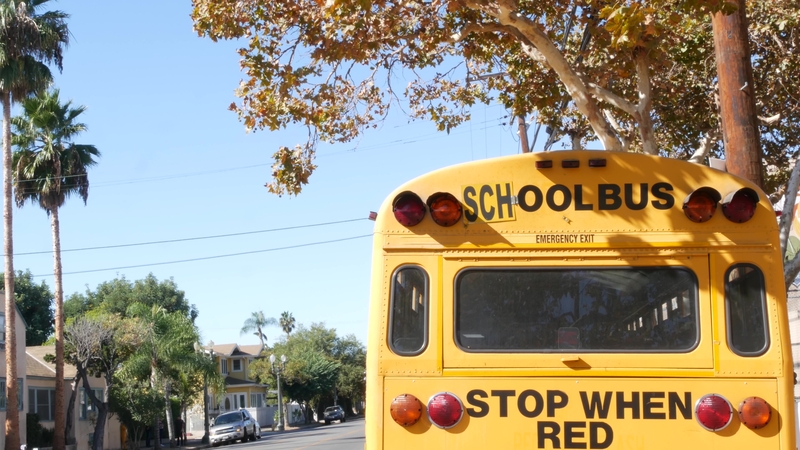
David Crawford looks at camera-based vulnerable road users protection systems.
Safe and efficient operation of road-based transit depends on minimising the risks of incidents involving other vehicles or vulnerable road users such as pedestrians, cyclists and passengers boarding or alighting from buses or trams. The extent and quality of the visibility available to drivers is crucial in preventing and avoiding incidents.
Conventionally, they have had to rely on fairly basic equipment - essentially the human eye and mirrors. But the demonstrable inadequacy of these is driving the emergence of new, camera-based solutions which can offer wider and more detailed visual coverage.
Importantly, these also have the advantage that their output can be stored, analysed and utilised to accurately define visibility blackspots or for public safety information campaigns. Not least, they can provide potential evidence for prosecutions for dangerous driving by impinging vehicles.
Among European implementers is HTM, the public transport operator in The Hague, which has replaced mirrors with cameras on its fleet of 47 trams as a more effective way of enabling drivers to check on the safety of boarding or alighting passengers before leaving a stop. As many as 350,000 passengers travel each day with the company.
The dome cameras, standard products supplied by Dutch company
The cameras cover what were previously effectively blind spots for the driver, who can also use the in-cab display to watch the traffic situation alongside the tram while it is moving. Orlaco’s Froukje Meerman told ITS International: “Drivers who have used mirrors for 30 years say they find this view a great advantage”.
As well as wider coverage, HTM wanted a maintenance-effective alternative to the trams’ previous fixed mirrors, which needed constant replacement because of the susceptibility to damage and found the cameras a cost-effective alternative. Another Dutch tram operator is currently showing interest in the system.
In June 2014, operator Transdev began releasing compilations of video clips showing collisions and near misses in a bid to overcome the perceived ‘What’s the harm?’ mentality of a worrying number of motorists. It is making the clips freely available via social media as part of a corrective ‘What the harm is’ public information programme.
Another system output is the clearer identification of the location and layout of the most likely accident blackspots, and of the nature and possible causes of the incidents. In a further step, a project being developed during 2014 by the Irish Police will enable the use of camera footage to pursue offenders and (by virtue of this capability becoming known) to deter would-be offenders.
Transdev insists that the material resulting from an incident will only be made available to the police following a specific request and under strict legal procedures. The project will also cover the use of footage from cameras installed on traffic lights covering points where roads cross the tram lines.
Transport for London (TfL) is planning trials of both optical and radar-based detection technologies aimed at making the UK capital’s 8,700 buses less of a hazard to the safety of cyclists and pedestrians. One available option, already the subject of a one-day trial in 2013, is the ProViu ASL360 Surround View system, developed by German tyre group
Originally introduced for use with high-end cars, this integrates and removes the distortion from the output from four ultrawide-angle cameras mounted around a bus for display on a dashboard screen. The result, for the driver, is a real-time ‘bird’s-eye view’ of the vehicle and its surrounds to help avoid clashes with cyclists or pedestrians.
The system can switch off when the vehicle is moving at speed to avoid the risk of driver distraction. ASL Vision director John Powell told ITS International: “The system also makes manoeuvering easier and safer, leading to shorter turnarounds and down times.”
Another option is the CycleEye system, developed by
“If bus drivers are being bombarded all the time, they will either switch the system off, or switch themselves off in terms of paying attention” says Hutchinson, who claims interest in the system is coming from across Europe, and in Turkey and Brazil.
Drivers in Melbourne, Australia who illegally overtake new-generation trams while these are waiting at stops are now having their numberplates recorded for passing to the police. Operator
In 2013, tram drivers – who are encouraged to report such incidents - recorded 267 cases of other vehicles passing stationary trams while passengers were alighting - a substantial increase on the 151 tally in 2012. Violators face fines and penalty points on their licences – as well as the prospect of criminal charges if they hit a passenger.
Currently the new trams ply a 14km-long route which records relatively low numbers of illegal passes (14 in 2013) as most of it is segregated from general traffic. A larger fleet of 50 E-Class trams will be running on the network by 2018, covering a route serving Melbourne University which has a high record of incidents.
The cameras are also record incidents of jaywalking pedestrians narrowly avoiding being hit; and of taxis performing U-turns in front of moving trams, or driving over raised kerbs installed to separate trams from other road vehicles and – on occasions – along tracks to avoid other road traffic.
Conventional internal cameras also show passengers being thrown from their seats or (if standing) pitched onto the floor by drivers’ defensive responses in slamming on the emergency brake. Yarra Trams reports that, in 2013, these ‘selfish, avoidable actions’ resulted in 140,000 hours of lost time for passengers and cost AUD1.6 million (US$1.5 million) in repairs and delayed services.
In the US,
Introduced in December 2011, the system deploys high-resolution cameras mounted on the driver’s side of the vehicle. With the stop arm extended, it automatically detects any vehicle continuing into the enforced danger zone and records the event and the violator’s numberplate, together with a time and location databar. It transmits the information via a secure private cellular network to ATS’ remote back office for review and processing, with a view to prosecution.
The US National School Bus Loading and Unloading Survey which is compiled by Kansas State Department of Education, found that in 2012, two thirds of students who died in the vicinity of school buses were killed, while waiting to board or alighting, by passing motorists. In 2013 the National Association of State Directors of Pupil Transportation Services estimated that 15 million US drivers illegally pass stopped buses each year.
The ATS report analyses violations arising from 290 cameras in 15 separate programmes in Georgia, Maryland,
Virginia and Texas during the 2013-2014 school year, during which the number of incidents fell by more than 15%. The analysis also finds that fewer than 1% drivers who receive one citation get a second - indicating, says ATS State and Local Government Solutions president Adam Tuton, “that the system is gaining drivers’ attention and influencing their behaviour”.










